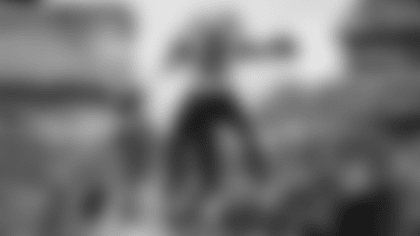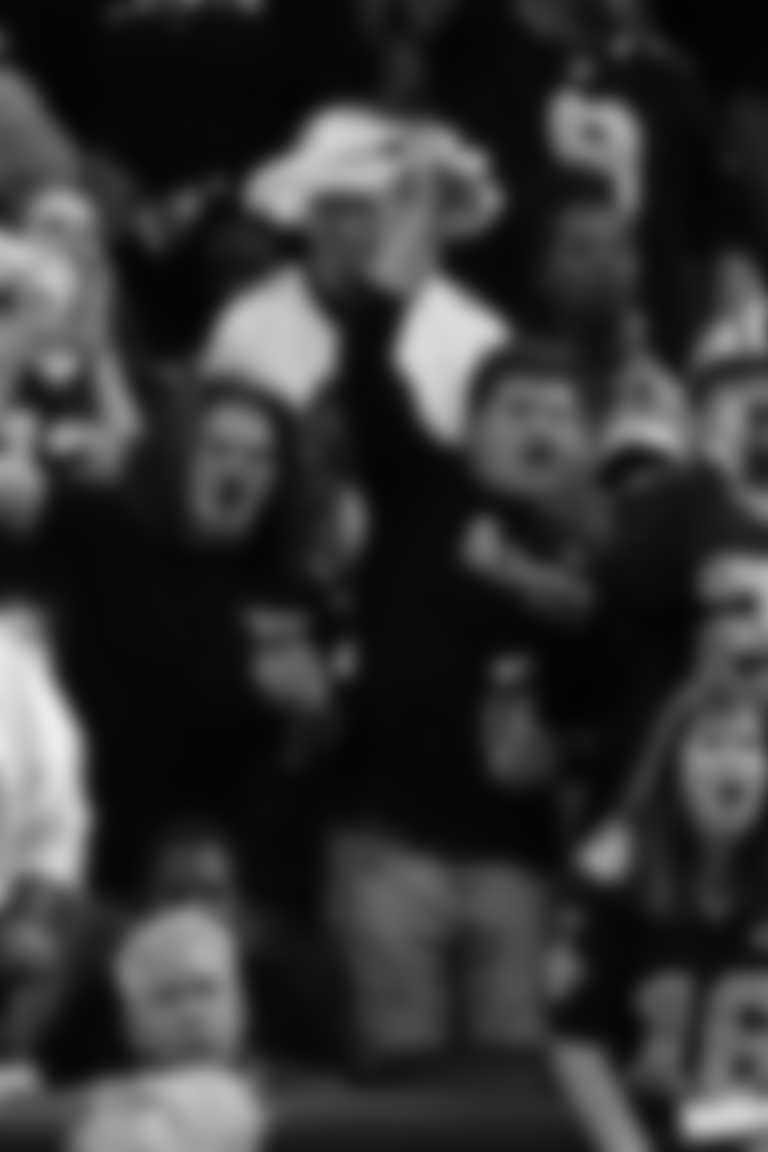The Caesars Superdome opened 48 years ago today, and remains one of the world's iconic sports and entertainment venues. While the exterior may look the same the interior has undergone significant enhancements, including the latest round of improvements that will conclude before the Caesars Superdome hosts Super Bowl LIX in 2025. But this season, many other substantial enhancements will be noticeable and enjoyed by the New Orleans Saints' fan base. Saints President Dennis Lauscha, a New Orleans native, sat down with senior writer John DeShazier to discuss the current improvements and the promising future of the Superdome.
DeShazier: Walk us through the modifications and renovations at the Caesars Superdome.
Lauscha: This is a project that we've been working on, in some respects, for 20, 25 years. We got back from Hurricane Katrina and we said we need to start looking at the long-term view of the Superdome. Obviously, we did the repairs after Katrina and we had a number of upgrades, but back then we said let's do a master plan and really make this thing magnificent. That was really where the seeds were planted for what we have today. Through the years we've been able to continue to work on the master plan and now, we're finally to a point where our fans are really going to start to see what the dream was. The dream is starting to come true.
One half of the building will be completed this year, the other half will be next year in time for the Super Bowl. Every single level is touched. For many of our fans, one of the biggest comments we heard was the concourses on the main level, the plaza level, have never been very large. We had two-thirds of the people that enter the Superdome, usually enter Gate C. When everyone enters Gate C and the concourses aren't very big, you had a lot of congestion. But the concourses are large enough now to really manage and make a person's experience a lot better. And because we have larger concourses it also meant that we were able to add concession stands with the depth and we were able to add a lot more bathrooms, particularly ladies' bathrooms. And we were able to add really good ADA (Americans With Disabilities Act) seating, which is something that Dome hasn't had, or wasn't designed for in the 1970s. But everything is first-class now. So, the plaza is going to be great.
And as we move up, the club rooms are going to be best in class. Basically, in the old Superdome configuration, we took the four quadrants that were there and converted into club rooms. They weren't originally designed as club rooms. What we're going to have now is a truly designed club room, and I think it's going to be spectacular for our fans.
And as we move up to the terrace, one of the things that really bother me – I know it bothered our fans, I know it bothered the folks at ASM (Global) – was what we called "the valleys," which was the horrible areas on the terrace level which made it very difficult to get around the building. It was very cramped and really didn't have many amenities because of that design. Well, that design has been all changed and really has been upgraded. In fact, I can tell you that going back 20, 30 years, we said if we don't do anything to fix the valleys, then we shouldn't even improve this building. So finally, we have done that and I'm really excited about that component.
Those are the big areas, but the 300-level suites, you saw the concourses that were so small. Because we were able to take that level to the skin of the building, that means that we could put a lot more depth in the suite and we can significantly enlarge the concourses as well. And then there's improvements getting up to your seats – a lot more escalators, elevators – all which make it a much better experience for our fans getting in and out of the building.
DeShazier: How much did fan engagement and interaction play a part in this?
Lauscha: I would say all of it. In this round, we really were able to put a lot more focus on just the front-facing fan amenities, as well as back of house, too. The back of house, a lot more kitchen space, a lot more prep space for the concessionaire, a lot more elevators for them as well, so they can get hot food up to various locations in the Superdome. Hopefully, our fans will see the difference. This has almost exclusively been for fan experience.
DeShazier: You're a local guy, born on the West Bank and very familiar with the Superdome's history. How near and dear is this to you, because the Superdome is kind of like home for you?
Lauscha: It is home. It really is. In my lifetime, it certainly is the most iconic building in the city of New Orleans. I grew up seeing it and all the magnificent events that have occurred in the building. It really has been kind of a draw for the city of New Orleans. The more and more we surveyed our fans and the more and more that we talked to our fans, both young and old, they all said the same thing over and over: 'Renovate this building. We don't want a new building. We don't need a new building.' This building is perfectly situated in the city of New Orleans, and if we had the capacity – the square feet – to maximize the fan amenities in that capacity, then that's what we should do. So, I'm just really excited.
I think it obviously gives this building a new lease on life – better than a lease on life. I'm a proud New Orleanian, bit of a chip on my shoulder. All things considered, from the day of game, getting to the building, ingress, egress, parking, the amount of distance between the Superdome and the rest of the city, particularly the French Quarter, Caesars, the riverfront – when you start adding up all of that, plus all the fan amenities that we've upgraded in the building – I'm hard-pressed to find a building that's better. I'm biased. We can go building by building. I certainly will defend, and prove to you, that we have the best building in the National Football League.
As the New Orleans Saints continue the transformations on the Caesars Superdome for the 2024 NFL season, we take a look back at the building's history through the years.
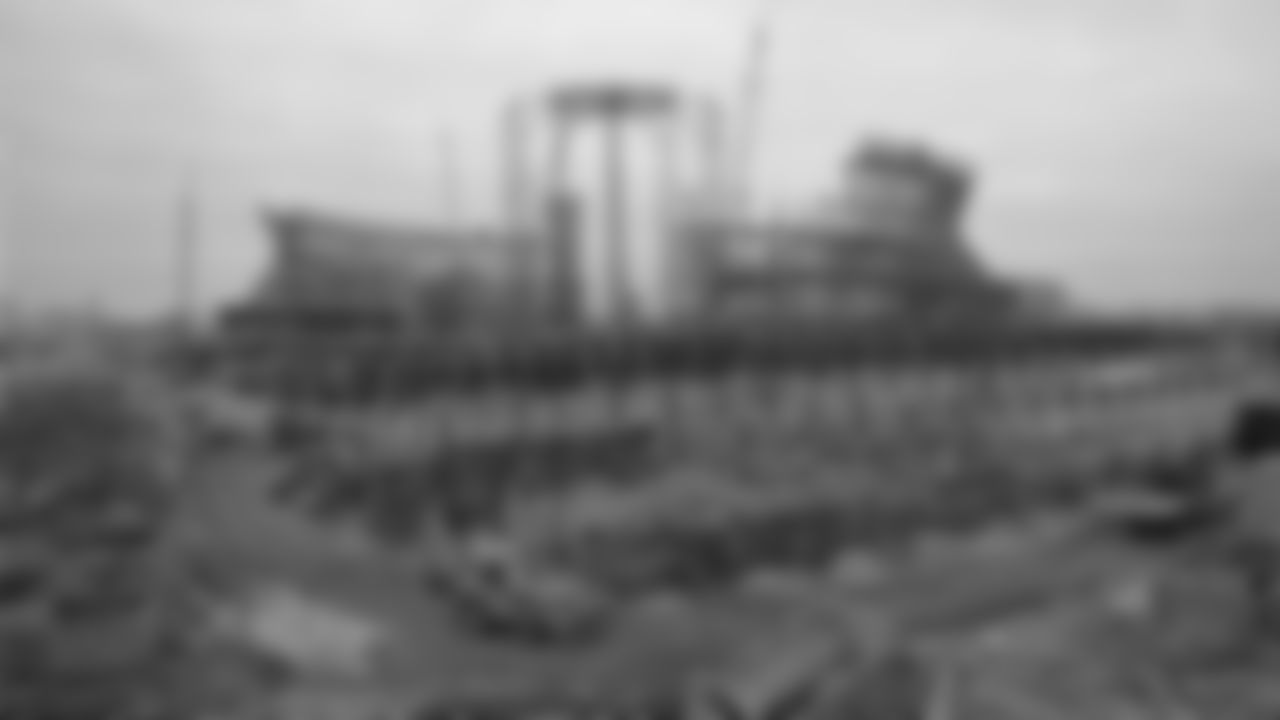
Louisiana's $129.5 million Super Dome is taking shape in New Orleans, November 30, 1972. The 72, 000-seat facility is slated for completion in the fall of 1974. The center crown of the stadium is currently under construction at center. (AP Photo)
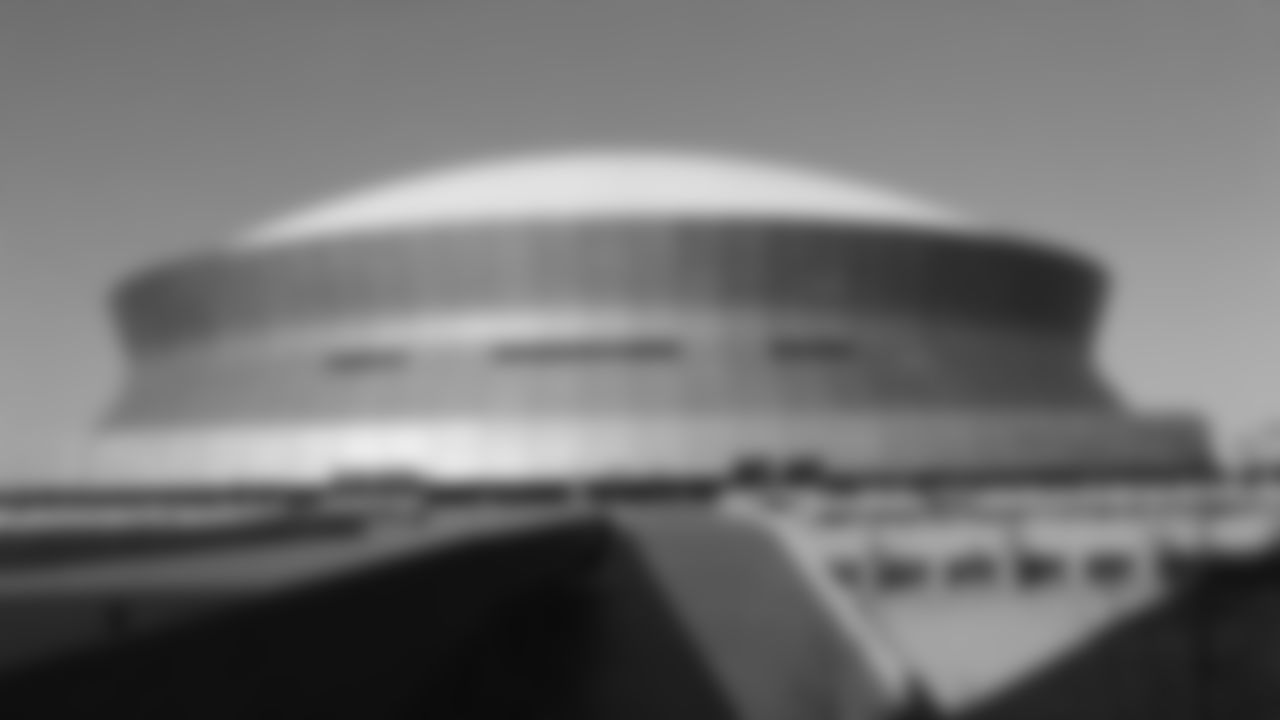
The exterior of the Superdome in New Orleans, La., is seen in 1978. (AP Photo)
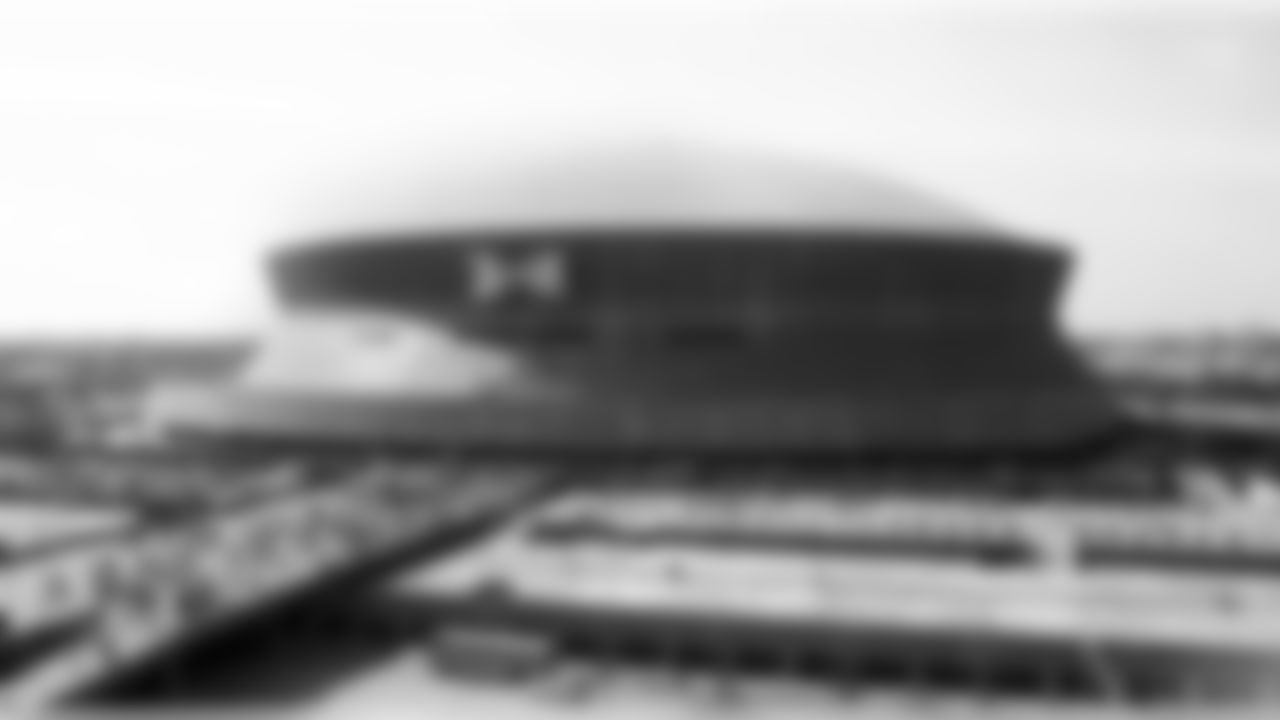
A view of the Louisiana Superdome, home of Super Bowl XV when the Oakland Raiders defeated the Philadelphia Eagles 27 - 10 on January 25, 1981 in New Orleans, Louisiana. The yellow ribbon recognized the release of American soldiers in Iran. (Al Messerschmidt via AP)
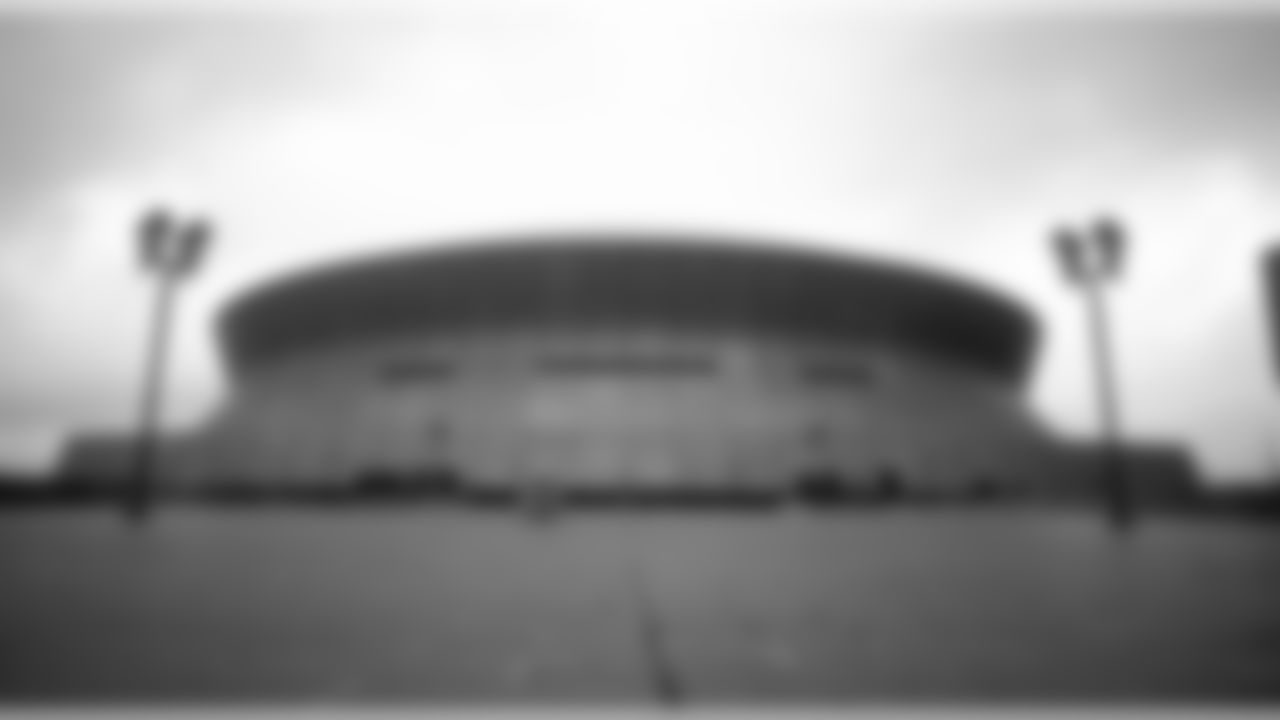
An exterior view of the Louisiana Superdome, home of the New Orleans Saints and Tulane University, in New Orleans, La. in 1983. (Al Messerschmidt via AP)
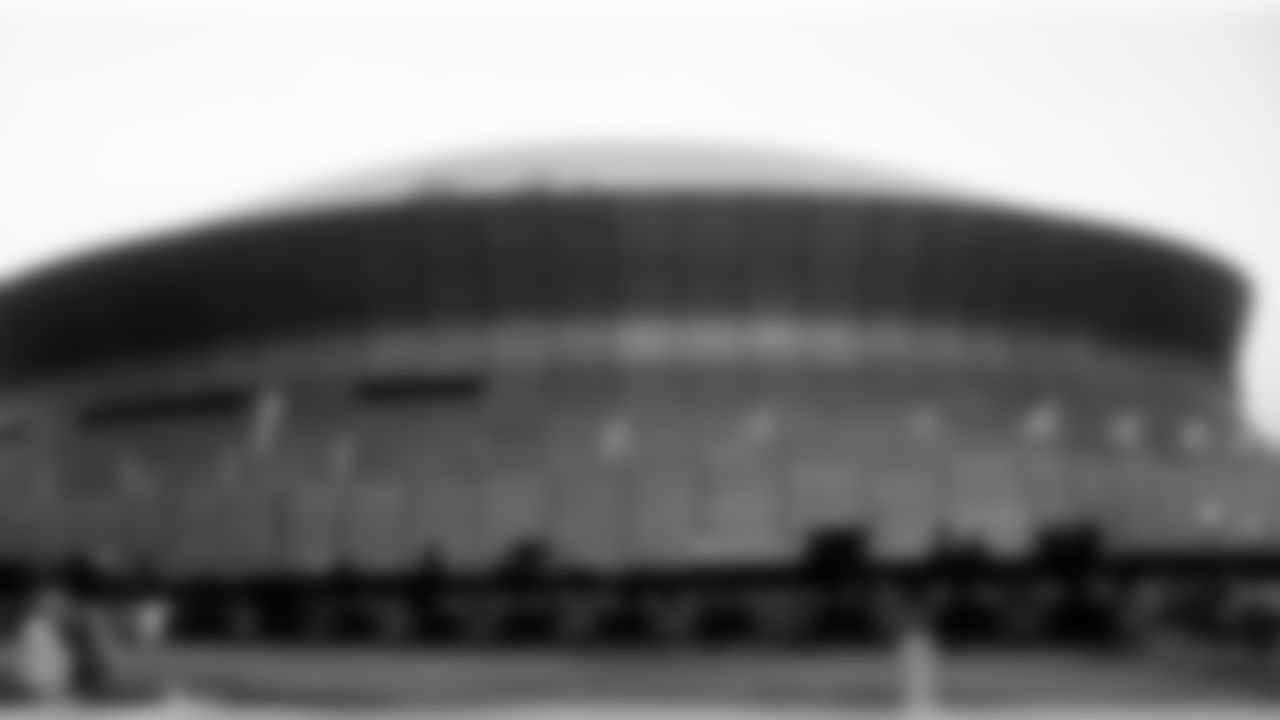
General view of the exterior facade of the New Orleans Louisiana Superdome which stands ready for NFL Super Bowl XX between the New England Patriots and the Chicago Bears on January 26, 1986 in New Orleans, Louisiana. The Bears won the game 46-10. (AP Photo/Paul Spinelli)
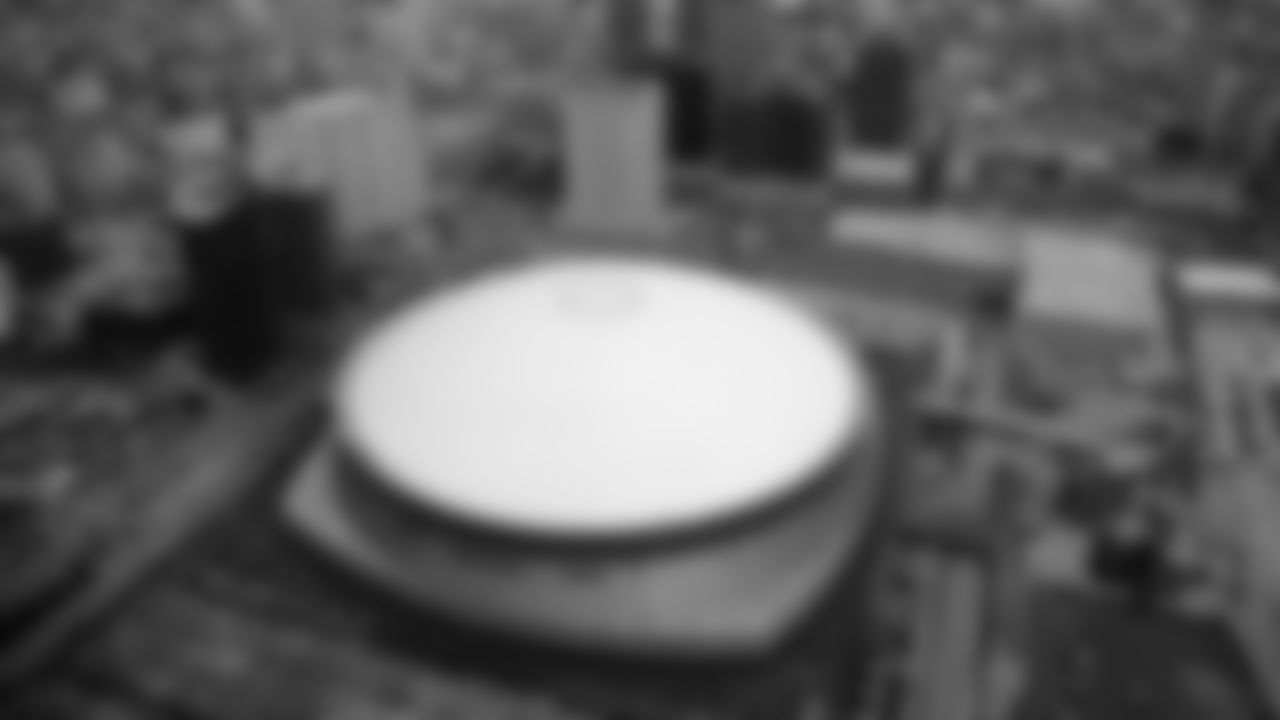
Aerial view of the Louisiana Superdome, home of the New Orleans Saints, in 1990. (AP Photo / Al Messerschmidt)

Late afternoon traffic passes the Louisiana Superdome in New Orleans Monday Dec. 30, 1996. The Superdome hosts Super Bowl on Jan. 26. (AP Photo/Dave Martin)

The Louisiana Superdome is lit in red, white, and blue as the city of New Orleans makes preparations for Super Bowl XXXVI on Friday, Feb. 1, 2002. The St. Louis Rams will face the New England Patriots in the Super Bowl on Sunday. (AP Photo/Dave Martin)
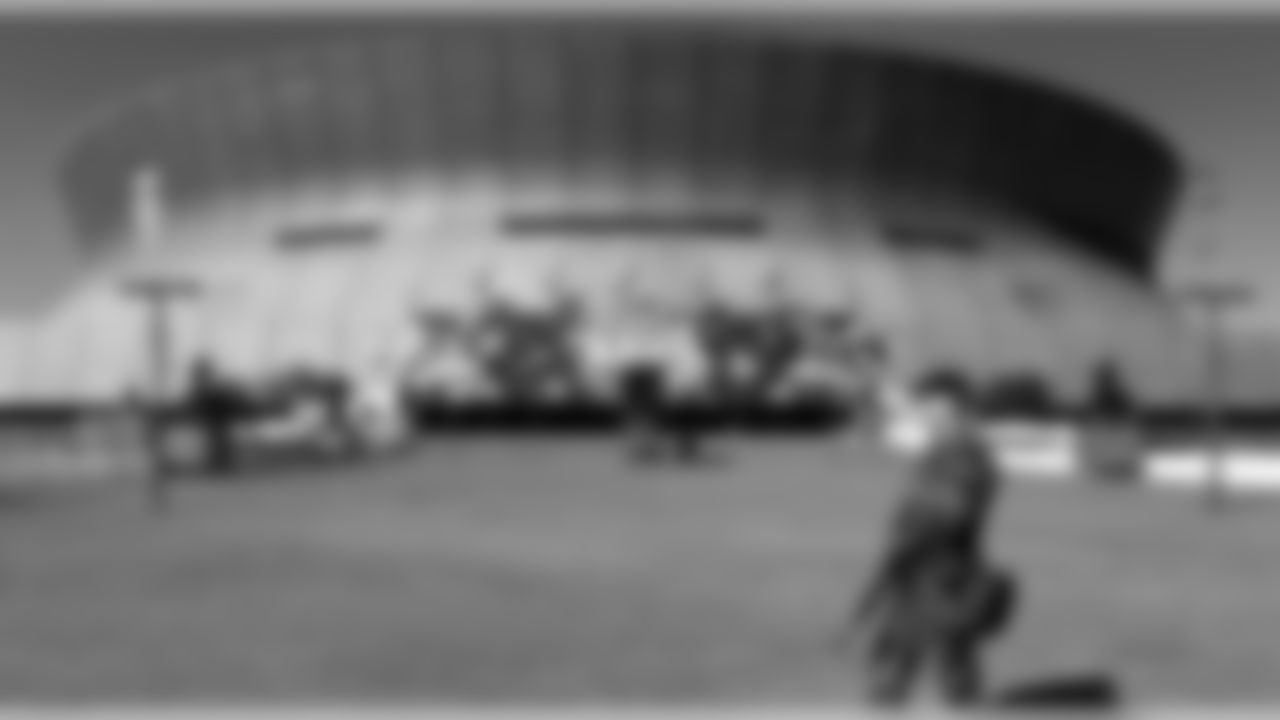
A soldier stands guard outside the Louisiana Superdome as part of the security surrounding Super Bowl XXXVI, Saturday, Feb. 2, 2002 in New Orleans. The St. Louis Rams and the New England Patriots will meet Sunday, Feb 3, 2002 in Super Bowl XXXVI. (AP Photo/Michael Conroy)
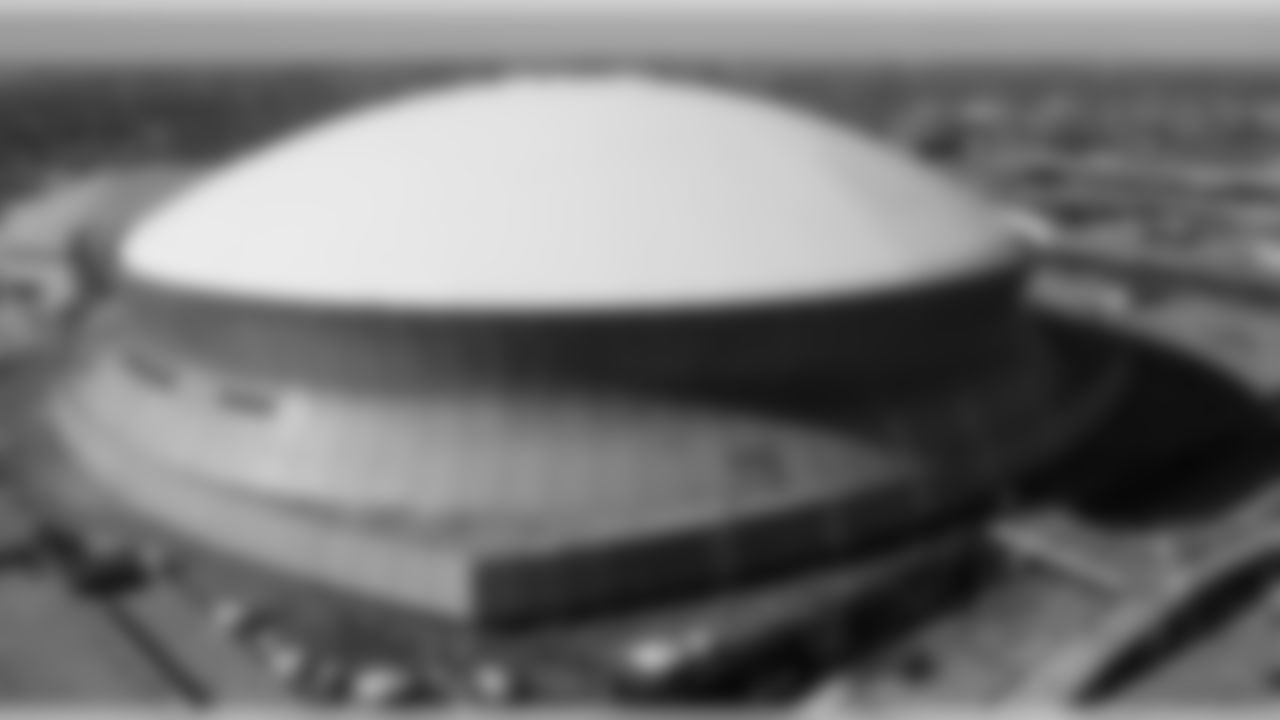
The 41st Mardi Gras Marathon celebration was held at the Louisiana Superdome Sunday Feb. 5, 2006, in New Orleans. This is the first event held at the Superdome since housing 30,000 refugees for a week after Hurricane Katrina in New Orleans, LA. The net proceeds from the event will be donated to the "Back to the Big Easy" fund for local charities in New Orleans to help with the city's recovery efforts. (AP Photo/Mary Ann Chastain)
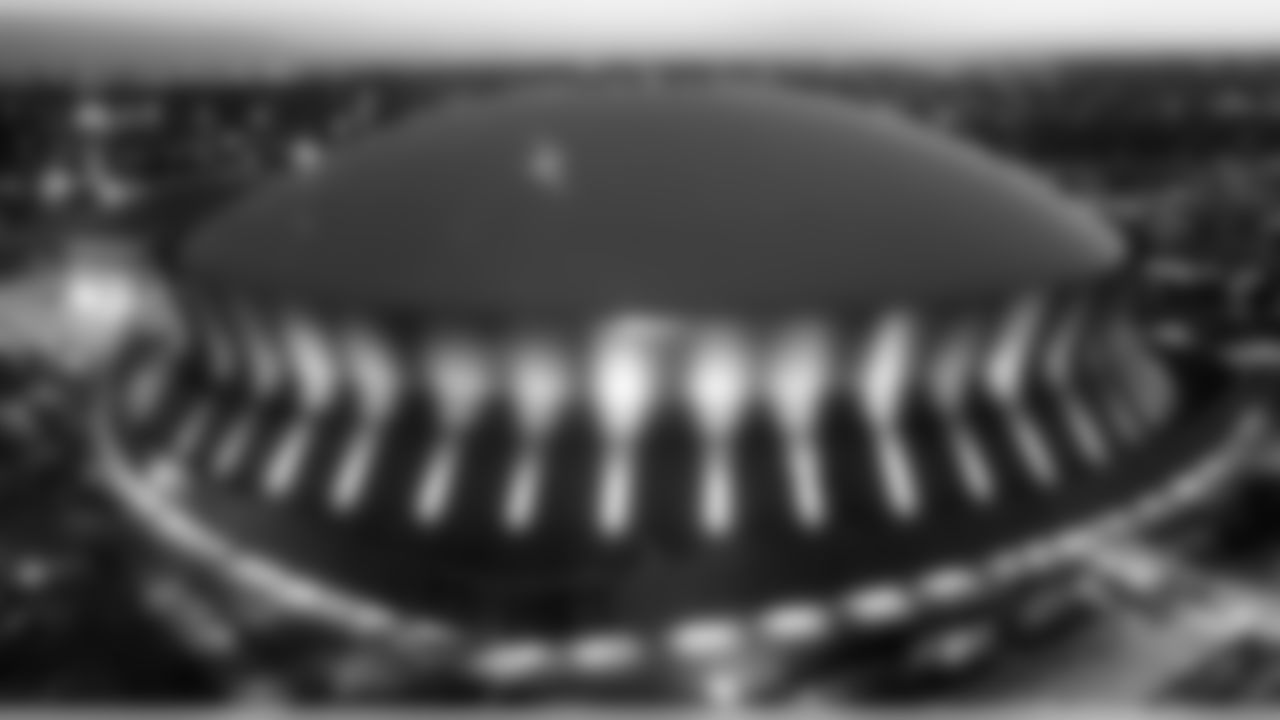
The newly re-opened Louisiana Superdome is pictured in New Orleans, in this Sept. 25, 2006, file photo. (AP Photo/Judi Bottoni/FILE)
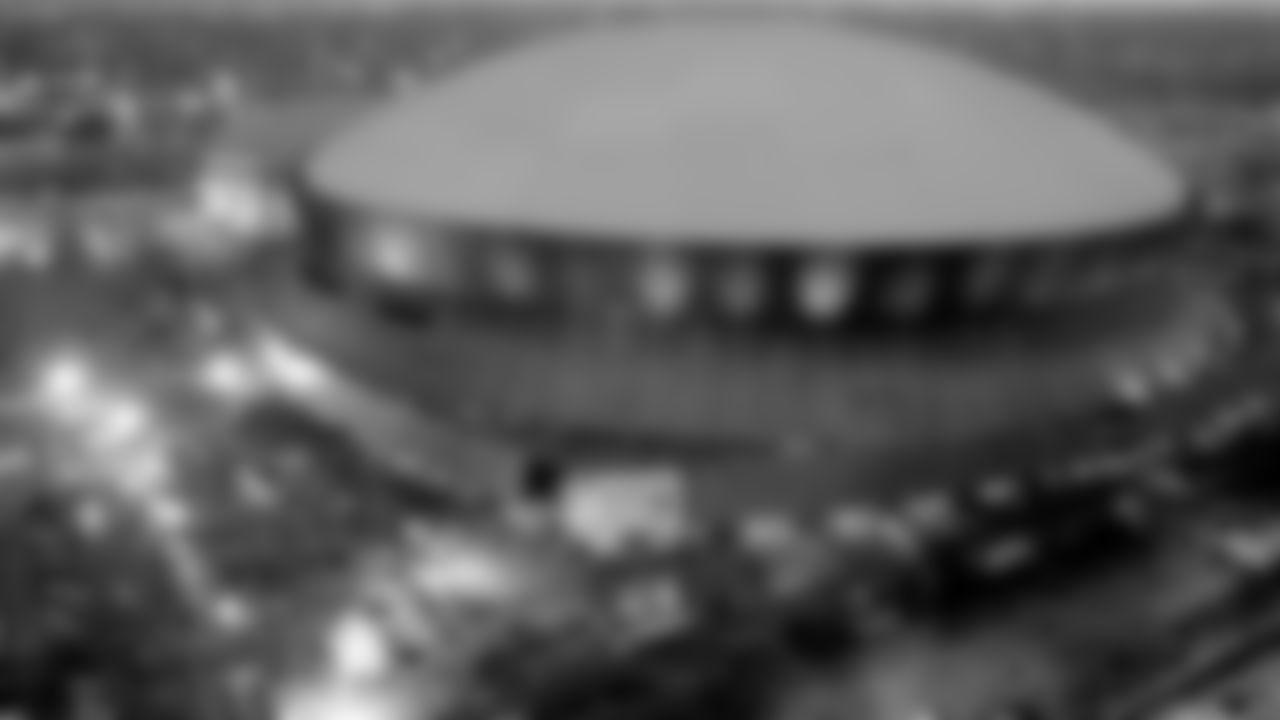
FILE - In this Jan. 7, 2008, file photo, color lights play on the Louisiana Superdome at twilight before the BCS championship college football game in New Orleans. The home to the Saints football team, will get $450 million in renovations if Louisiana officials agree to the financing plans. Upgrades to the iconic, 44-year-old domed stadium are part of Gov. John Bel Edwards' ongoing negotiations with the NFL team, aimed at keeping the organization in Louisiana for another 30 years. (AP Photo/Rob Carr, File)
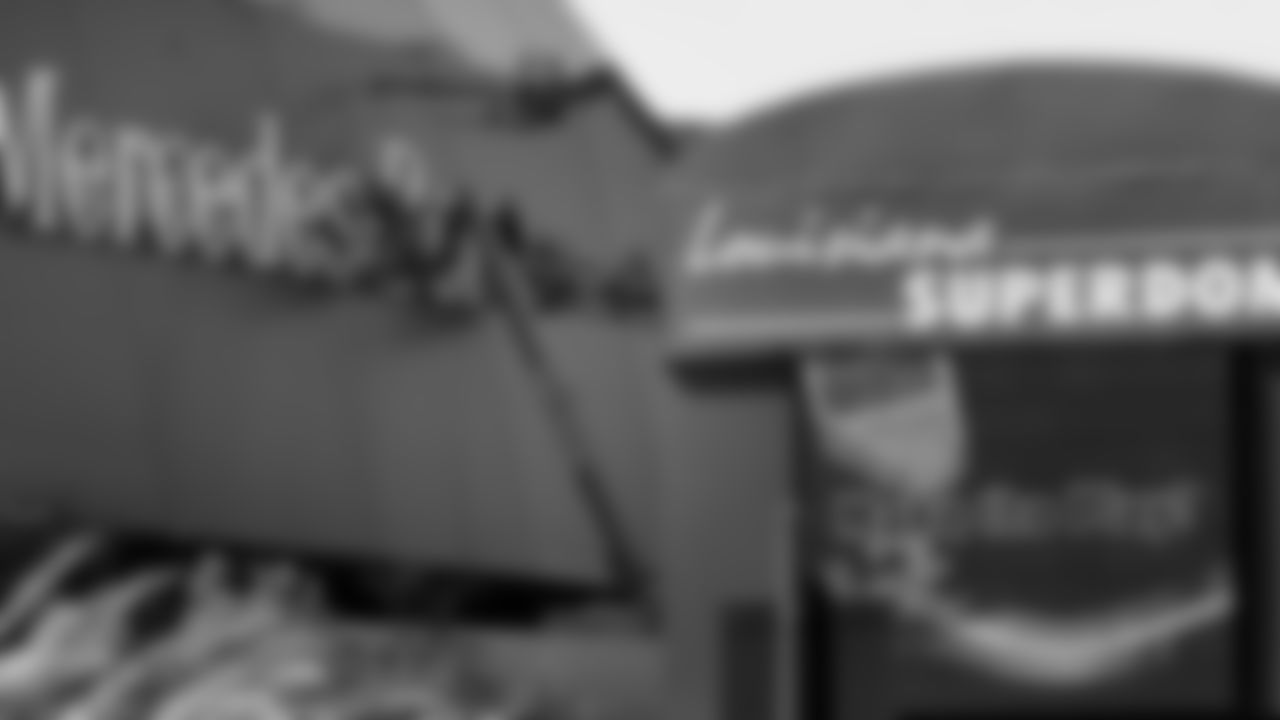
Workers install new signage on the Mercedes-Benz Superdome, formerly know as the Louisiana Superdome, in New Orleans, Wednesday, Oct. 19, 2011. Tomorrow Mercedes-Benz Superdome officials will publicly unveil the facility's newly-installed dynamic exterior LED lighting system, which will give the Superdome a new night time look. (AP Photo/Gerald Herbert)
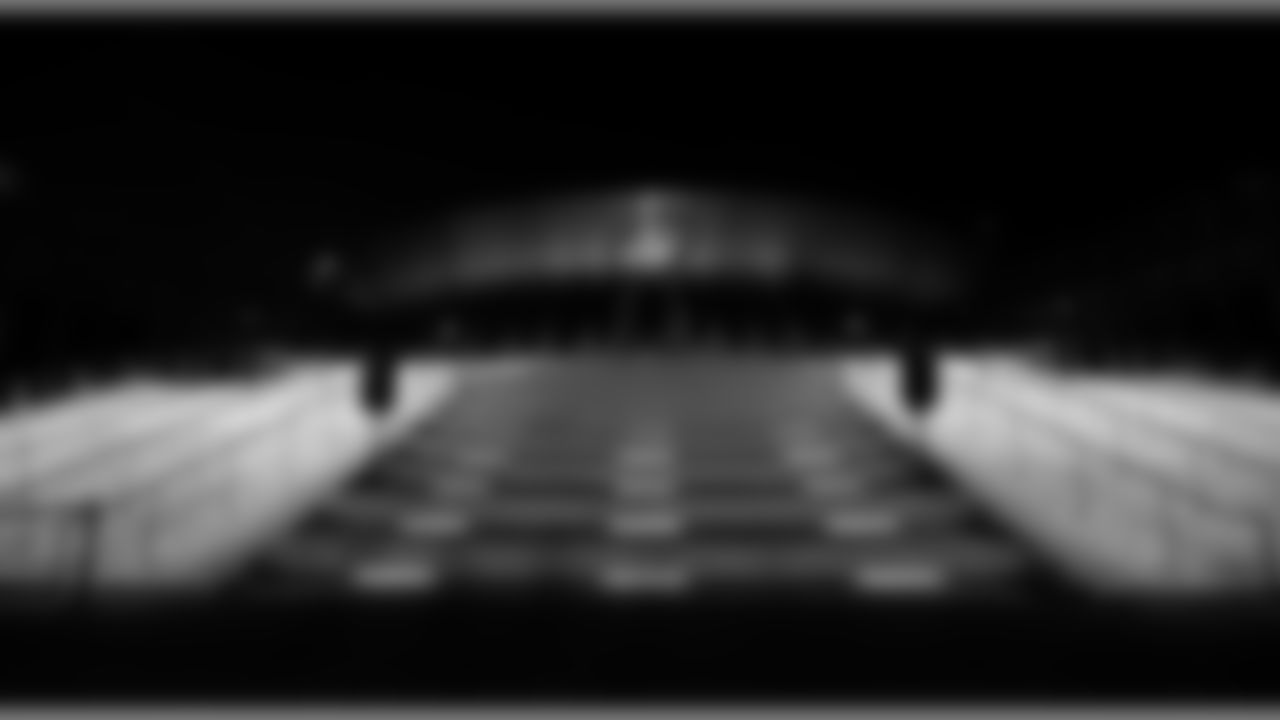
A general view of the exterior of the Mercedes-Benz Superdome as the Vince Lombardi Trophy can be seen displayed in preparation for Super Bowl XLVII prior to the game between the Baltimore Ravens against the San Francisco 49ers in New Orleans, Louisiana on January 27, 2013. (AP Photo/Scott Boehm)
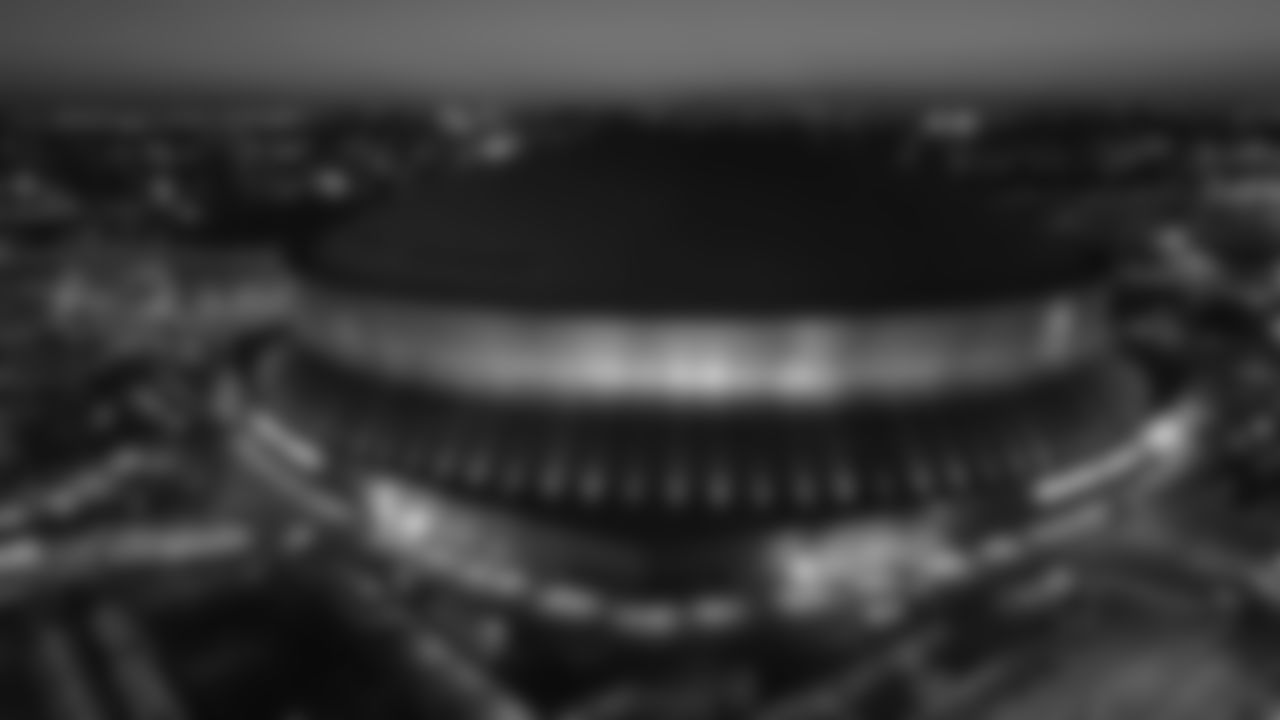
FILE - In this Feb. 1, 2013, file photo, the Superdome, where the NFL Super Bowl XLVII football game between the San Francisco 49ers and Baltimore Ravens will be played on Feb. 3, is seen at sunset in New Orleans. The Superdome has outlasted seven other domed stadiums from the AstroTurf era that have come and gone, even surviving Hurricane Katrina that forced the Saints to play elsewhere in 2005. The spaceship-like building, which opened in 1975, has hosted seven Super Bowls. (AP Photo/Charlie Riedel, File)
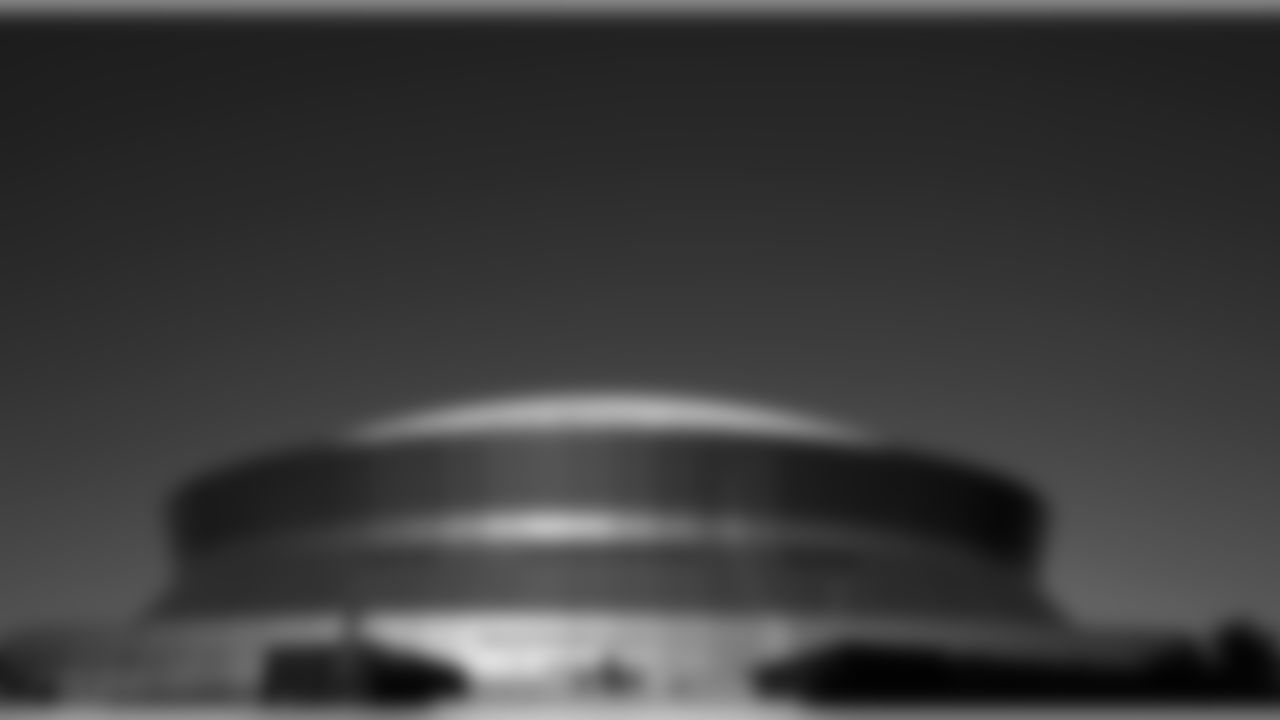
A general view of the Mercedes-Benz Superdome is seen prior to an NFL football game between the San Francisco 49ers at the New Orleans Saints on Sunday, November 9, 2014 in New Orleans, Louisiana. San Francisco won 27-24. (AP Photo/Aaron M. Sprecher)
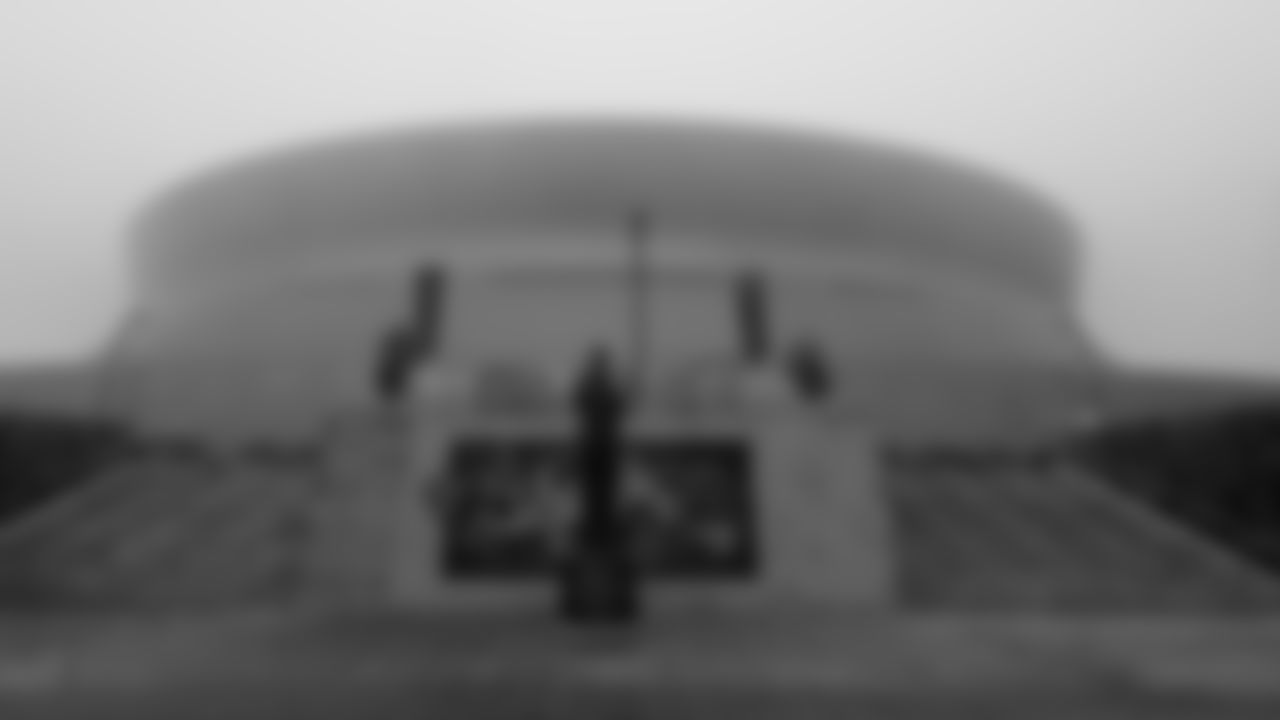
A general view of the Mercedes-Benz Superdome is seen prior to a week 17 NFL football game between the Carolina Panthers against the New Orleans Saints on Sunday, Dec. 30, 2018 in New Orleans. Carolina won 33-14. (Aaron M. Sprecher via AP)

The Blue Angels, the U.S. Navy flight demonstration squadron, flies over downtown New Orleans and the Mercedes-Benz Superdome, as a salute to the health care front line responders working to help the sick during the coronavirus pandemic, Wednesday, May 6, 2020. (AP Photo/Gerald Herbert)
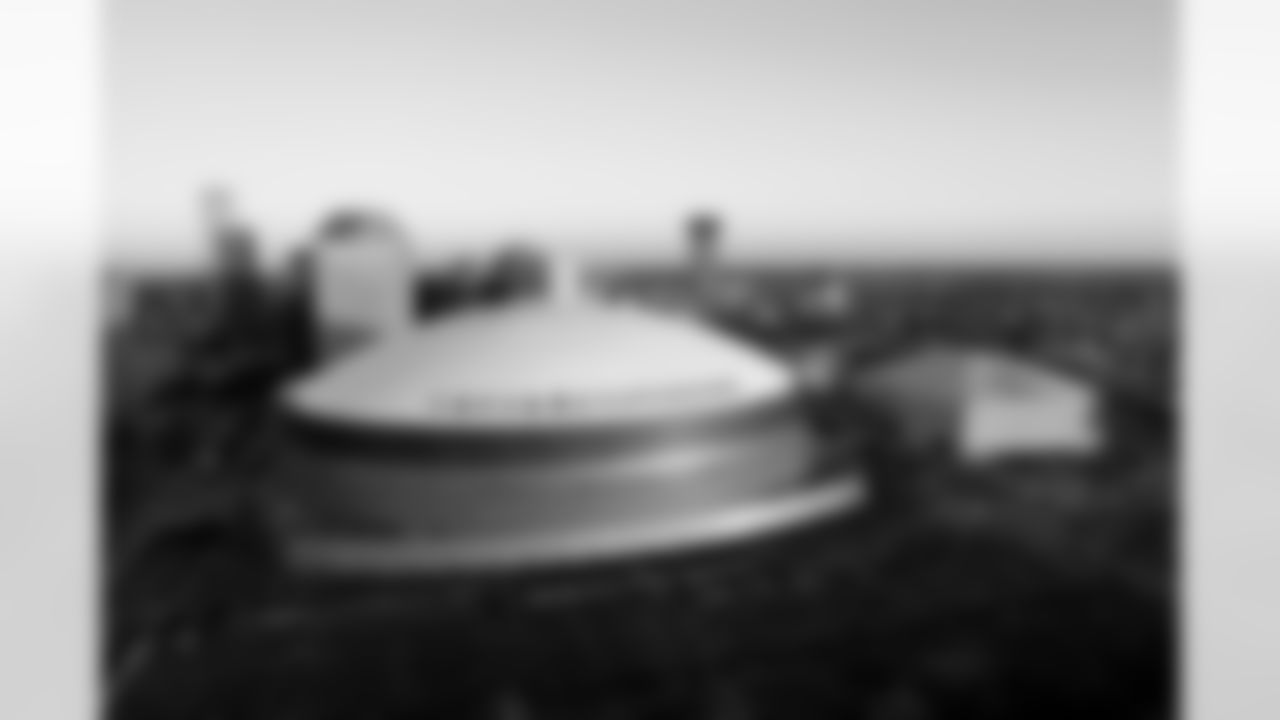
Get a look at the new signage at the Caesars Superdome ahead of the Saints' Week 8 game against the Buccaneers.
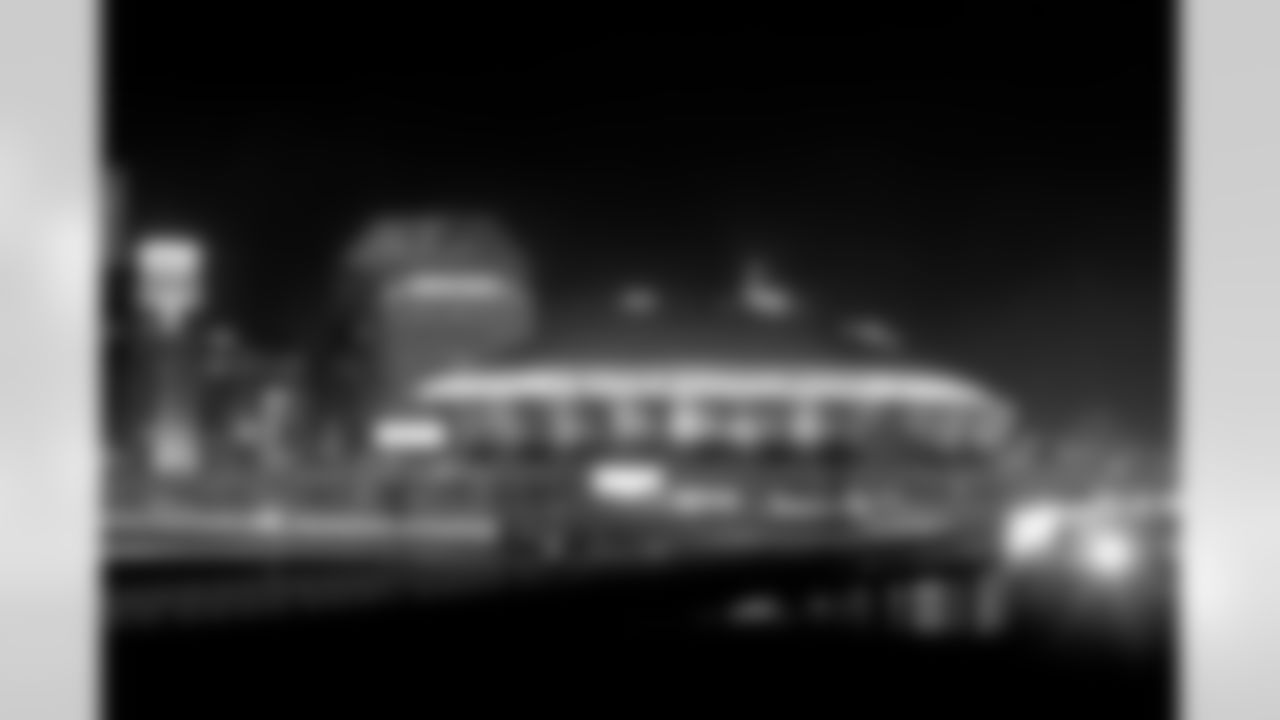
Get a look at the new signage at the Caesars Superdome ahead of the Saints' Week 8 game against the Buccaneers.

Exterior photo of Caesars Superdome
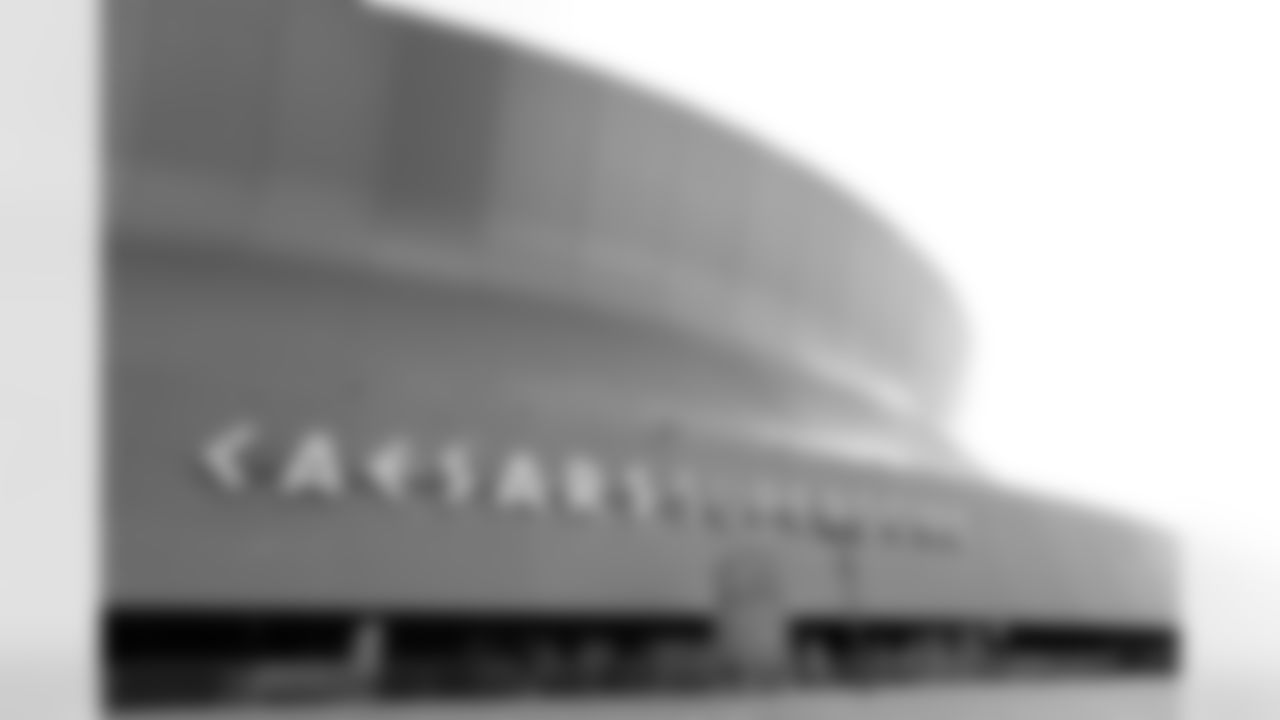
Exterior photo of Caesars Superdome
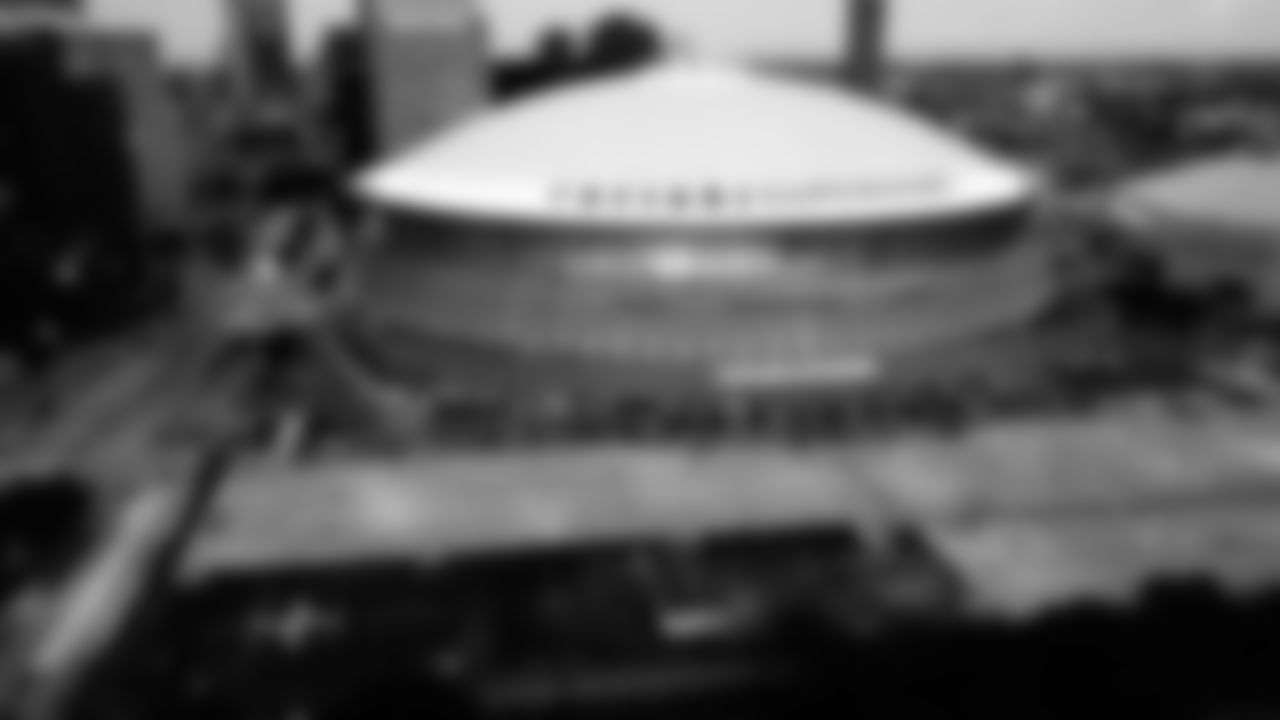

The Sturgeon Moon, the last Supermoon until August of 2023, rises over the Caesars Superdome and behind the Steve Gleason "Rebirth" statue on Thursday, August 11, 2022.

Get a skyline view of the 2023 Fourth of July fireworks display from the Caesars Superdome in New Orleans.
DeShazier: How far does this enhancement extend the viability? Five years? Ten Years? Fifteen years?
Lauscha: This should extend it for a little bit longer than that. I would say, there's always going to be constant improvement. We're going to see new wifi coming in next year, you're going to see new audio improvements that are coming in in the future, you're going to see new seating coming into the future. You won't see that this year, (but) you're always going to have to upgrade and keep the building up to date. But as far as large renovations, this should be it for quite a long time.
The one thing I would say – I give a lot of credit to the state of Louisiana and I give a lot of credit to ASM and the management team there – they have done a very good job of maintaining the building over a long term. And if you continue to maintain the building and continue to keep it up, continue to do light maintenance on the building, the building should be able to last.
In '98, I recall going on a trip with (late team owner) Mr. (Tom) Benson and some other staff and architects, and we visited every new building in the National Football League at that time. And for many of those buildings, they're talking about tearing them down and starting all over, that they can't live in a building like that anymore. There's a lot of reasons for that, I guess, but I think we should be proud that we've kept our building in a position where we could renovate it, make these renovations. I think we won't need a major renovation probably for at least 10, 20 years I would say, easily. Give a lot of that credit to the original designers of the building, who I'm sure at the time people criticized and said that they were overbuilding it or building it too big. Well, today we're taking advantage of every bit of the square feet that they gave us back in the 1970s.
DeShazier: What does the future look like?
Lauscha: We have to see now how our fans adjust to the building, what they like about the building, what they might want to see that we can improve with the building. We can certainly do that. If you really want to know, the next renovation or next building that I think we have to address is the one next door - the arena. We, along with the folks at the LSED and ASM, are working now on looking and studying what the next iteration of our building is going to be. There's some things in there that we have to address, and look, we'll do it and it'll be great for our fans and community.





